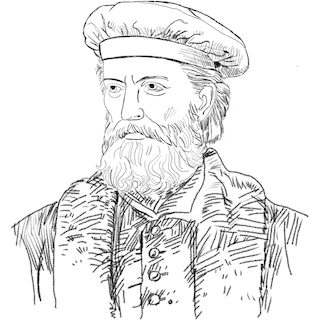The devastating 6.8 magnitude earthquake that struck Morocco recently has left the country in a state of profound loss and mourning, reminiscent of the nation's deadliest quake in 1960 that claimed approximately 12,000 lives. This recent disaster, the most severe in over six decades, has affected over 300,000 people, with a death toll of 2,012, 2,059 injured, and 1,404 critically injured, according to the UN Office for the Coordination of Humanitarian Affairs (OCHA). The Haouz region, including parts of the High Atlas Mountains, reported the highest fatalities, nearing 1,300 deaths.
The aftermath of the quake, which affected the city of Agadir, the High Atlas Mountains, and the historic city of Marrakech, has exposed the dire need for aid. Despite the grim circumstances, the people of Morocco have shown remarkable resilience and unity. Many are braving the outdoors, fearing aftershocks that could bring further destruction. In a show of solidarity, members of Morocco's national football team have donated blood, while the Moroccan armed forces are working tirelessly to provide clean drinking water, food supplies, tents, and blankets to the affected areas.
However, the challenge is immense. The quake has significantly damaged Morocco's infrastructure, causing landslides and damaging Marrakesh's central square Jemaa el-Fna, its surrounding historic buildings, and popular cafes and restaurants. The village of Amizmiz near the epicentre and the area of Asni, 40 km south of Marrakech, also suffered significant damage. The village of Tansghart in the Ansi area was the worst hit, with ten fatalities reported, including two teenage girls.
In the face of this tragedy, global aid efforts have been mobilized. Countries including Italy, Spain, France, and the US have offered support, with Spain sending 65 specialist workers to assist in the rescue mission. Even Algeria, despite its strained relations with Morocco, has opened its airspace for humanitarian and medical flights. The International Red Cross has pledged one million Swiss francs (£900,000; $1.1 million) from its Disaster Response Emergency Fund to support the mission. However, the organization's Middle East and North Africa director, Hossam Elsharkawi, warns that the rebuilding process could take years.
Amidst the national grief, Morocco declared three days of national mourning, flying the national flag at half-mast. As the nation faces the daunting task of rebuilding, the world stands ready to lend a helping hand in these trying times. This disaster serves as a stark reminder of the vulnerability of old and historical buildings, highlighted by Mohammad Kashani, associate professor of structural and earthquake engineering at the University of Southampton. The need for improved infrastructure and preparedness in the face of such disasters has never been more apparent.
Despite the devastation, Morocco's spirit remains unbroken, as its people and the world unite to face this crisis. The country, though in mourning, stands tall, bolstered by the outpouring of international aid and the indomitable spirit of its people.
READ MORE
